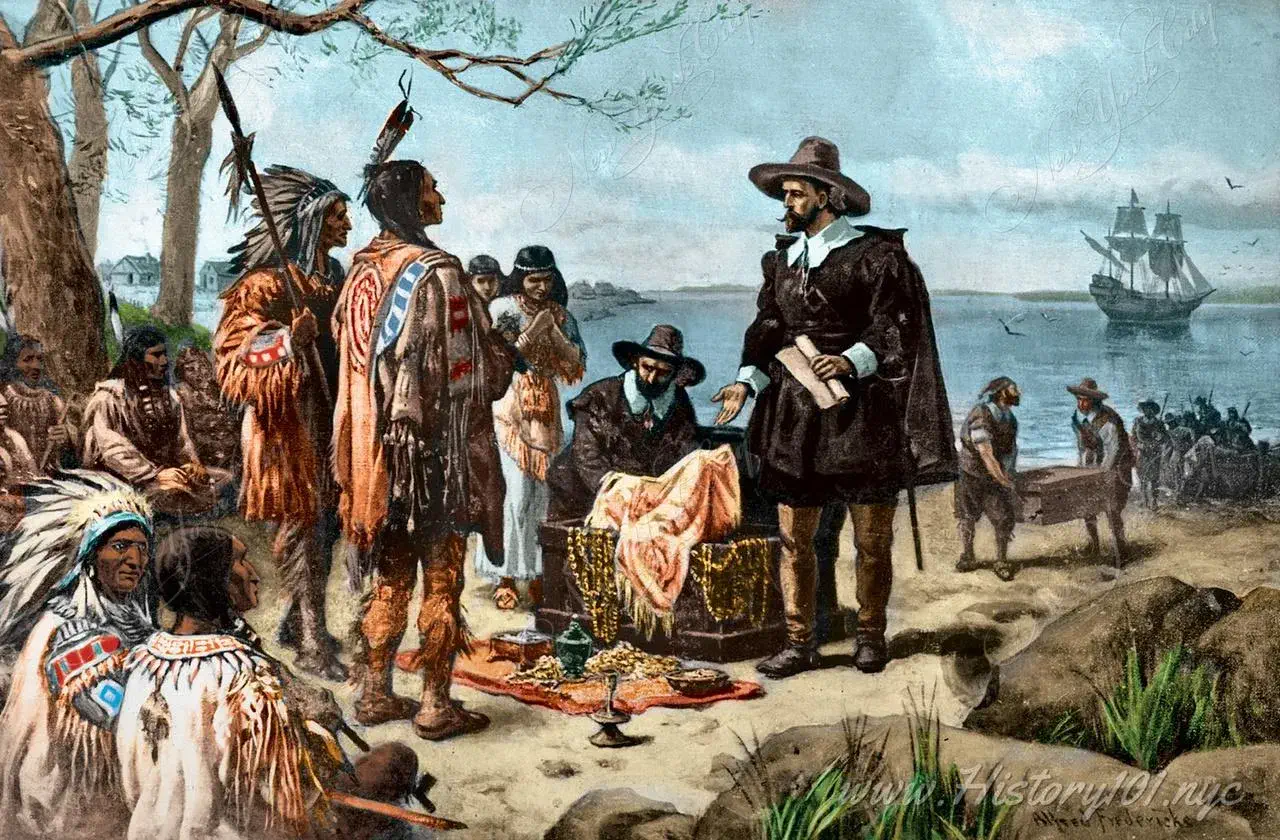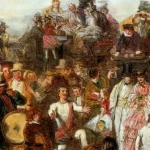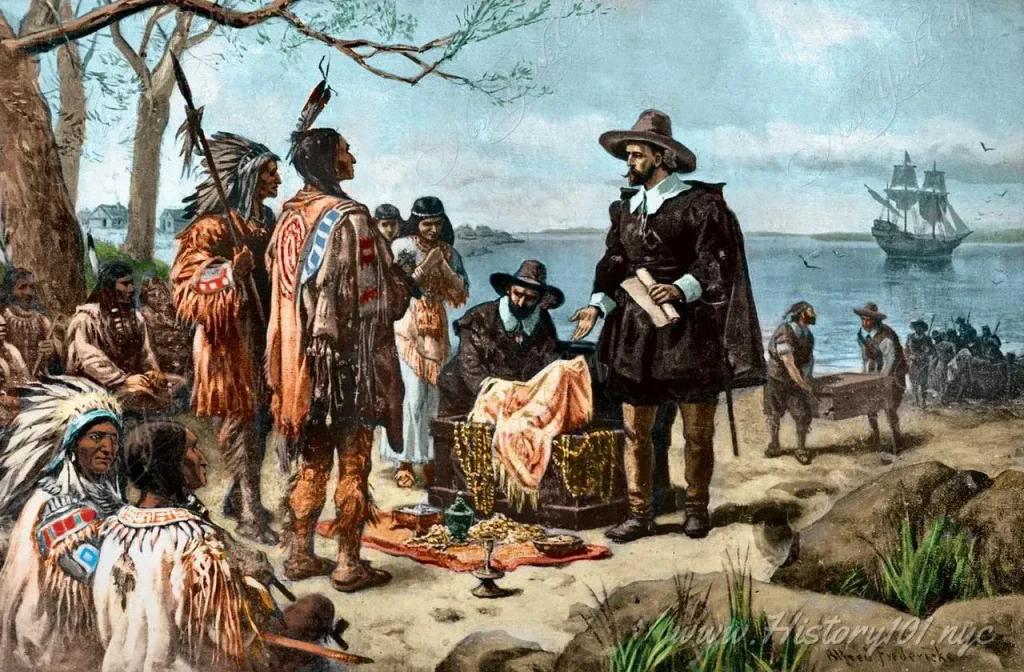
The Foundations of Prosperity
From 1588 to 1672, the Dutch Republic rose to become a global superpower thanks to a revolutionary blend of commerce, innovation, and creativity With key maritime routes connecting Scandinavia’s grain fields (dubbed the “Moedernegotie”), the spice-rich East Indies, and the Americas, Holland dominated the seas and the markets
The Vereenigde Oost-Indische Compagnie (VOC), launched in 1602, was the world’s first joint-stock mega-corporation. It wielded a state-backed monopoly in Asia, setting new benchmarks in global trade and sowing the seeds for modern finance with innovations like futures contracts and share trading Meanwhile, Amsterdam flourished into a financial hub, complete with the first-ever stock exchange and banking infrastructure to fuel expansion

Shipping & Navigation Breakthroughs
Dutch ship builders crafted the fluyt, a sleek, cost-effective cargo vessel that could sail with minimal crew an engineering marvel that undercut competitors and dominated European shipping Cutting-edge navigation tools and detailed maps by Dutch cartographers, including Joan Blaeu, opened new trade routes around the globe.
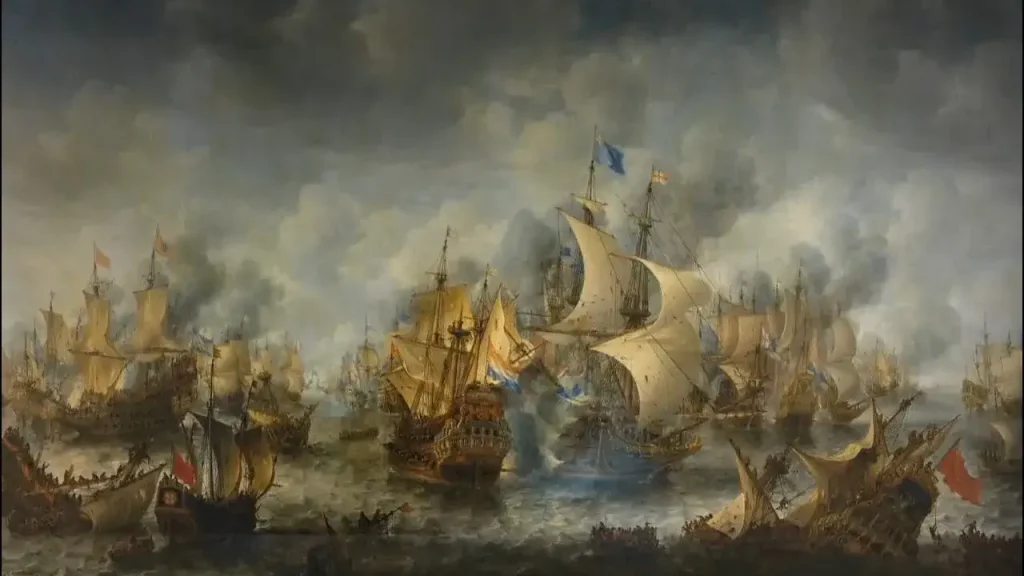
A Cultural Flourish
Economic success nurtured a booming cultural scene what became known as the Dutch Golden Age of art. Masters like Rembrandt, Vermeer, Hals, and Ruisdael turned domestic life and landscapes into unforgettable canvases
A notable genre was still-life painting detailed depictions of world-trade commodities like Chinese porcelain, spices, and delicate glassware. These works weren’t just decorative; they contained layered moral themes such as the vanitas reminding viewers of life’s fleeting pleasures .
Artistic guilds especially the Guild of Saint Luke and institutions like the Confrerie Pictura in The Hague, regulated styles and quality while protecting artists. This highly organized structure fostered creativity and drove the competitive art market
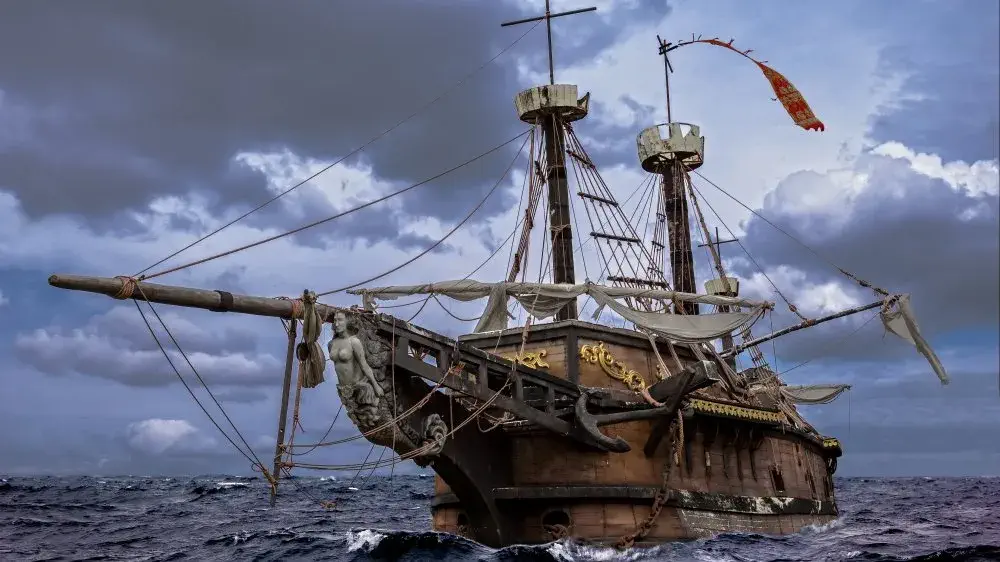
Decorative Arts & Everyday Luxury
Wealthy patrons sought craftsmanship across mediums. Delftware ceramics, inspired by Chinese porcelain, became household treasures. Furniture makers innovated with marquetry and rare woods from overseas, while silversmiths and glassmakers created ornate items reflected in still-life masterpieces
This creative and economic explosion coincided with scientific awakening: Leeuwenhoek pioneered microbiology, Huygens made breakthroughs in physics and astronomy and even Dutch influence reached Japan via ‘Rangaku’ or Dutch Learning
A literate, prosperous middle class created demand for new writings plays, poetry, pamphlets by thinkers like Vondel and Huygens .
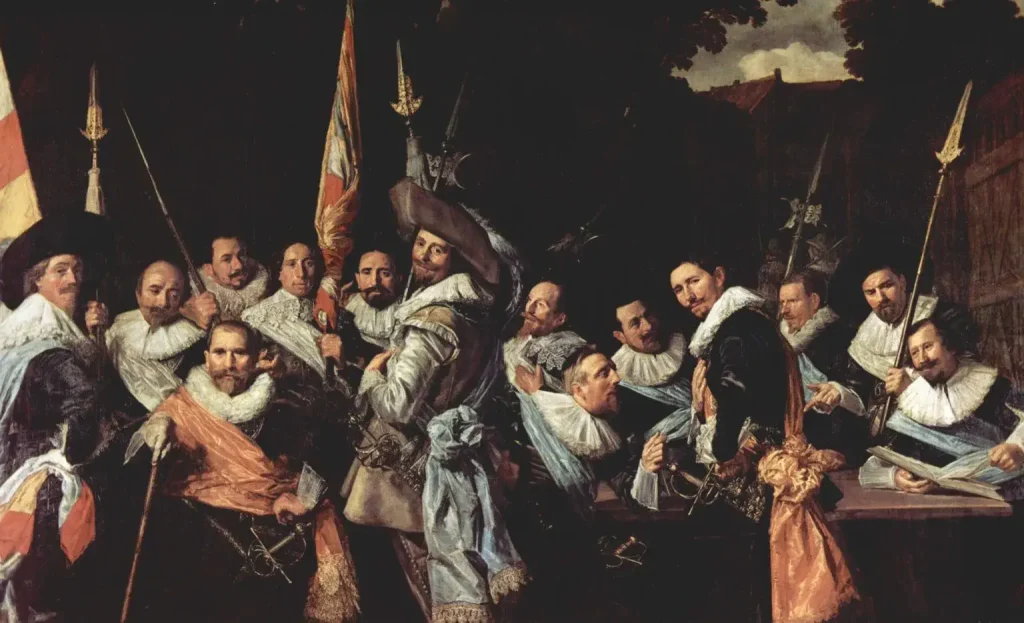
Trade ↔ Culture: A Symbiotic Surge
The VOC’s voyages brought pepper, silk, tea, sugar, and exotic wares. These items didn’t just fill warehouses—they filled canvases and households, propelling an artistic economy and fueling civic pride.
From Holland’s vantage point, every shipment was a story woven into paintings, sermons, literature, even everyday garb. The Korenbeurs (grain exchange) in Amsterdam stood as a marketplace for this wealth, symbolizing the mother-trade network that sustained the republic’s heart.
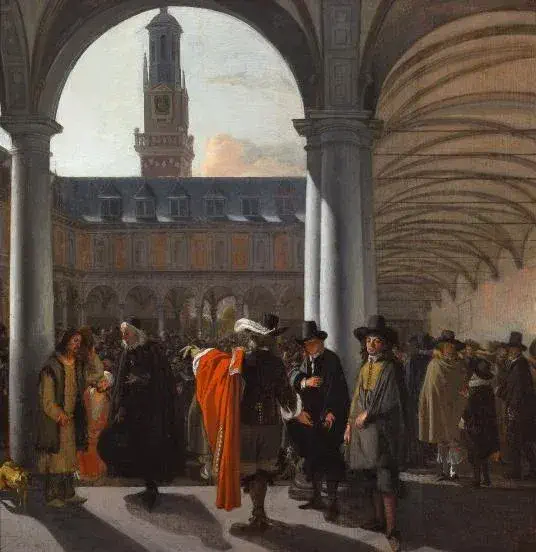
Shadows Behind the Splendor
However, this brilliance cast long shadows. Dutch colonial and slave trades enriched the republic, but exacted terrible suffering: enslaved Africans, subjugated Indigenous peoples, and exploited labor across colonies fueled that wealth. Some modern museums now question or reject the term “Golden Age” because of its dark legacy
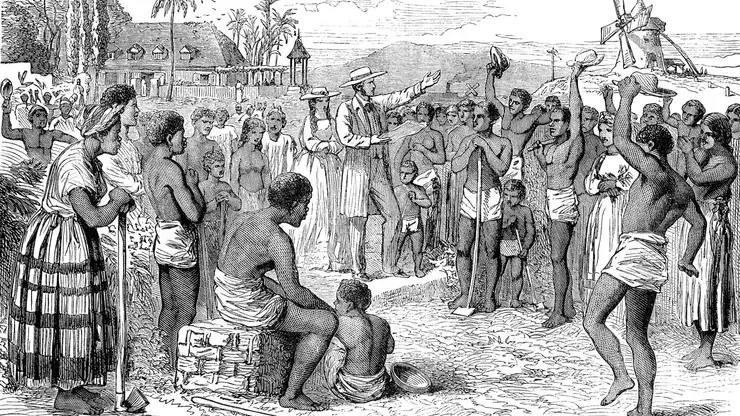
Legacy & Lessons
The Dutch Golden Age reshaped commerce, finance, art, science, and global exchange. Its innovations joint-stock companies, shipping design, financial instruments laid foundations we still stand on. Its artistic traditions gave the world enduring masterpieces whose techniques echo in today’s realism and light-focused movements.
But the era also reminds us that progress and privilege often ride atop injustice. As history reckons with both heritage and harm, the Dutch Golden Age remains a mirror one reflecting triumph, creativity, and the need for honest, inclusive stories.
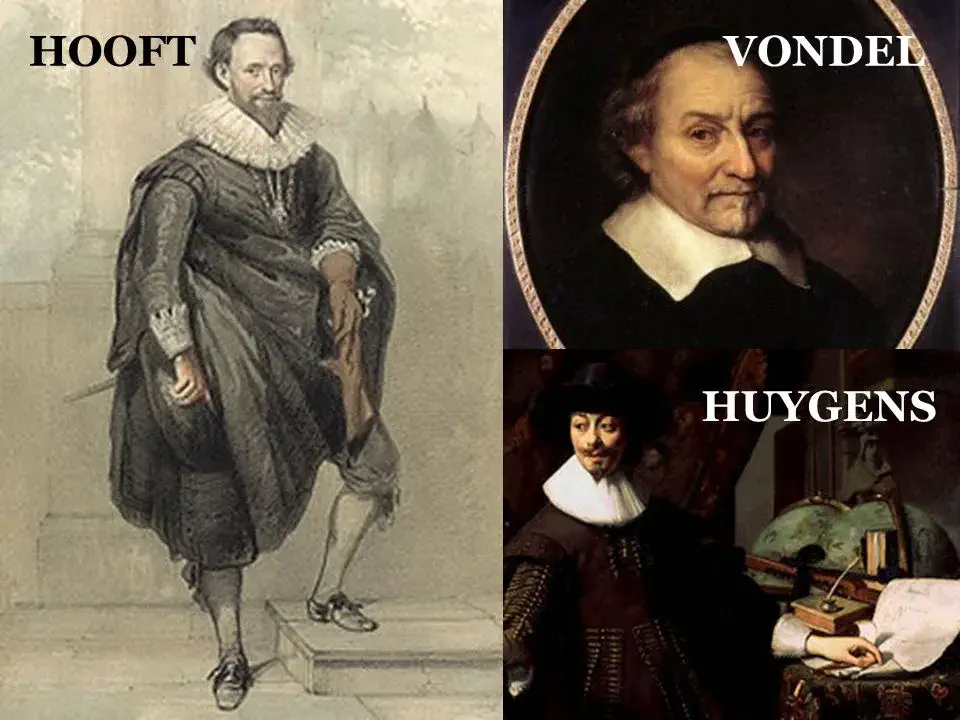
🔍 Final Thoughts for Axrota Readers:
- Trade & Tech: The VOC + fluyt + stock exchange = global domination
- Cultural Bloom: Art, science, letters all rooted in commerce
- Global Impact: Exports in goods and ideas reshaped societies
- Moral Reckoning: Greatness and grief intertwined
Uncover more on this era’s bold voyages, vivid portraits, and transformative inventions—then decide: is it a Golden Age, or a gilded page in a complex history?

